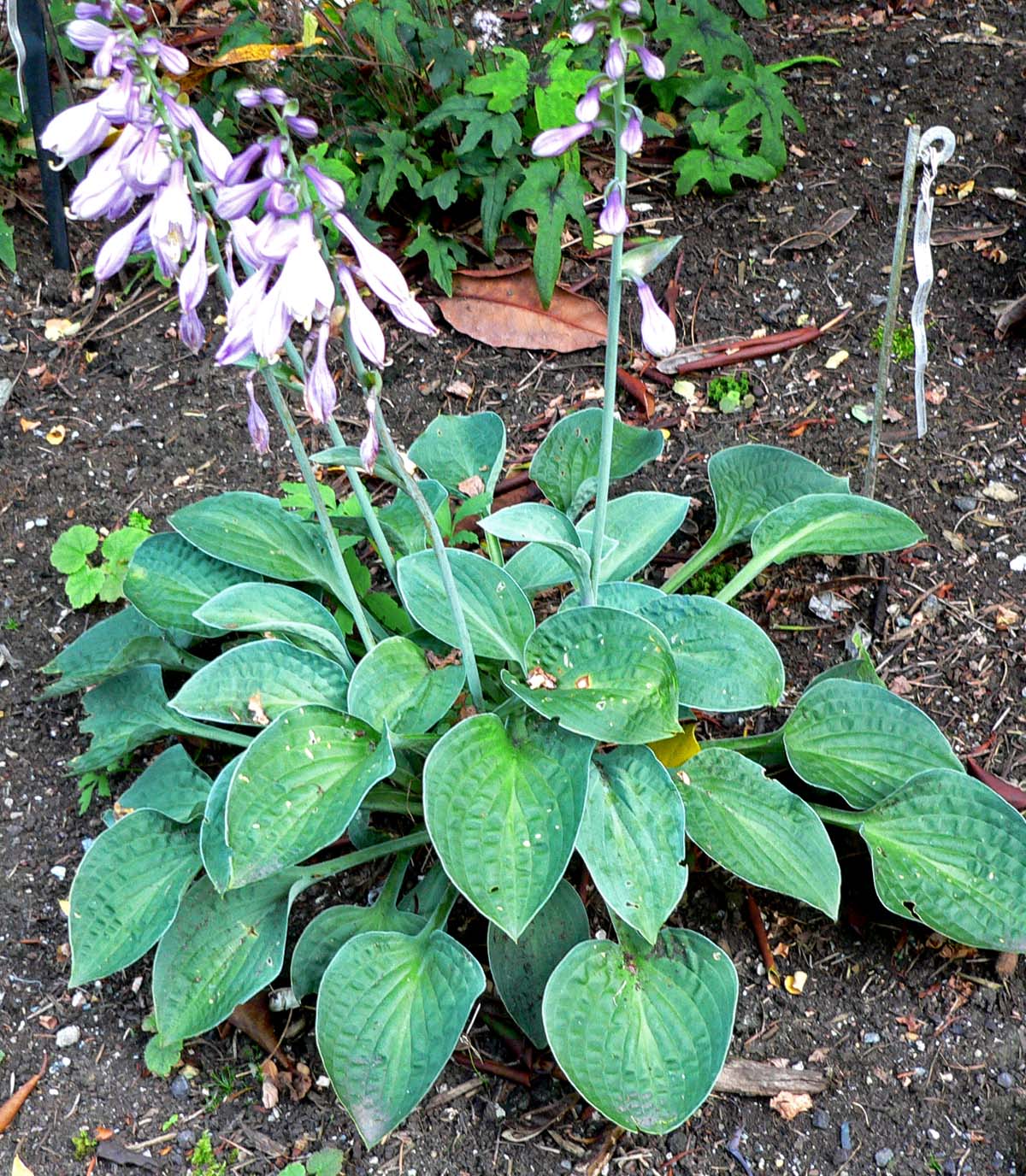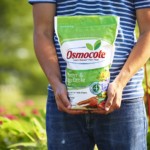Hostas, with their lush leaves and elegant charm, are the darlings of shade gardens. If you’re eager to see your hostas flourish and radiate vibrancy, you’re in the right place. We’re here to guide you through the delightful world of fertilizing hostas, in a way that’s as easy as a walk in your garden. Whether you’re a seasoned green thumb or just getting started, we’ve got you covered. Let’s nurture those hostas to make your garden the envy of the neighborhood!
Why Fertilize Hostas?
Before we jump into the how-to’s, it’s important to understand why fertilizing hostas is essential for their well-being. Fertilization provides hostas with the necessary nutrients, promoting robust growth, lush foliage, and vibrant blooms. Properly fertilized hostas are more resistant to diseases and pests, making them easier to maintain.
Choosing the Right Fertilizer
Selecting the right fertilizer is the first step to successful hosta care. Opt for a balanced, slow-release granular fertilizer with a balanced N-P-K (Nitrogen-Phosphorus-Potassium) ratio, such as 10-10-10 or 14-14-14. This ensures that your hostas receive a well-rounded diet of essential nutrients.
When to Fertilize Hostas
Hostas should be fertilized twice a year for optimal results:
Early Spring:
As soon as the new shoots start to emerge, usually in late March to early April, it’s time for their first feeding. This kickstarts their growth for the season.
Early Summer:
A second application in late June or early July will help maintain their vigor and support flower production.
How to Fertilize Hostas
Measure and Apply:
Read the fertilizer label for specific instructions, but as a general guideline, sprinkle the granules evenly around the base of the hostas, avoiding direct contact with the plant. Use a measuring cup or a spreader to ensure even distribution.
Water In:
After applying the fertilizer, water the area thoroughly. This helps the nutrients penetrate the soil and reach the plant’s roots.
Mulch:
Apply a layer of organic mulch, such as shredded bark or compost, around the hostas. Mulch helps retain moisture and prevents weeds, creating an ideal environment for your hostas to thrive.
Maintaining Healthy Hostas
While fertilization is crucial, here are some additional tips to keep your hostas healthy:
Adequate Watering:
Hostas prefer consistently moist soil. Water them deeply when the top inch of soil feels dry.
Proper Sunlight:
Hostas thrive in partial to full shade, depending on the variety. Ensure they receive the right amount of sunlight for their type.
Division:
Every few years, consider dividing your hostas to rejuvenate them. This helps prevent overcrowding and maintains plant vitality.
Pest and Disease Control:
Keep an eye out for slugs, snails, and other common pests. Use organic methods or safe pesticides if necessary.
Winter Care:
In late fall, cut back the dead foliage and provide a layer of mulch to protect the plant during the winter months.
FAQs
Q1: Can I use organic fertilizers for hostas? A1: Yes, organic fertilizers like compost or well-rotted manure can be excellent choices for hostas. They provide slow-release nutrients and improve soil structure over time.
Q2: Can I fertilize hostas in the fall? A2: It’s generally best to avoid fertilizing hostas in the fall. Fertilizing in late summer or early fall can encourage new growth that may be vulnerable to frost damage.
Q3: How often should I fertilize my hostas? A3: Twice a year is usually sufficient for most hostas—once in the spring and again in midsummer. However, if your hostas appear weak or have poor leaf color, a light dose of fertilizer in late spring may help.
Q4: Is it possible to over-fertilize hostas? A4: Yes, over-fertilizing can harm hostas. Always follow the recommended dosage on the fertilizer packaging and avoid piling fertilizer directly against the plant’s stems.
Q5: Can I use a slow-release fertilizer for hostas? A5: Yes, slow-release fertilizers can be a convenient choice for hostas. They provide nutrients gradually over an extended period, reducing the need for frequent applications.
Conclusion
Incorporating hostas into your garden can be a rewarding experience. These hardy plants are known for their resilience, but with the right care, they can truly thrive. Fertilization is a critical aspect of that care, and by following the guidelines outlined in this article, you’ll be well on your way to having hostas that are the envy of your neighborhood.
Remember, fertilizing hostas isn’t a one-time task but rather an ongoing commitment to their well-being. Regular applications of the right fertilizer at the right times will yield lush, healthy plants that will provide beauty and charm to your outdoor space.
As you cultivate your hostas, don’t forget to monitor their progress. Keep an eye out for any signs of stress, such as yellowing leaves or stunted growth, which may indicate a need for adjustments in your care routine. Every garden is unique, so it’s essential to pay attention to the specific needs of your hostas and adjust your fertilization and care practices accordingly.
With these tips and a little bit of love and attention, your hostas will become the showpiece of your outdoor space, impressing visitors and serving as a testament to your gardening prowess. Happy gardening, and may your hostas grow bigger and more beautiful with each passing season!






